Credit: NASA Earth Observatory.
Joshua Stevens, using MODIS data.
The Daasanach agropastoralists of northern Kenya report severe droughts and scarcer and unpredictable rainfall resulting from climate change, and decreased access to freshwater following the construction of large infrastructure projects recently established in the Omo River, such as the Gilgel Gibe III Dam. The synergistic effects of climate change and large infrastructure projects drive multiple and cascading impacts on the Daasanach social-ecological system.

THE DAASANACH PEOPLE
Seminomadic and agropastoralist community living in southern Ethiopia, northern Kenya and South Sudan. They number 19,000 people in Kenya.

Men search for pastures and herd the livestock.

Women take care of crops and fetch water.
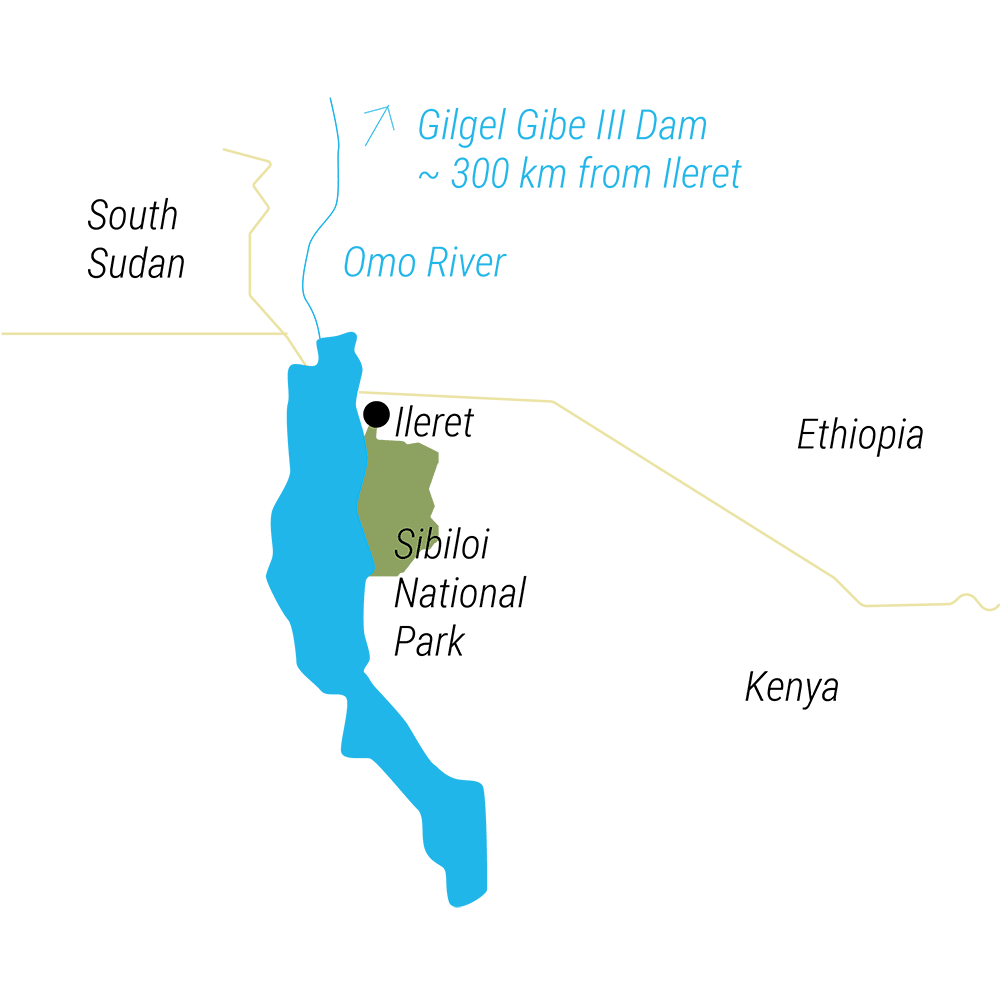
Credit: André Braga Junqueira
ACTIVITIES

Herding: mainly cattle, also sheep, goats, donkeys and camels.

Agriculture: sorghum, maize and beans.

Fishing is increasing as herding becomes more difficult.
TERRITORY AND CLIMATE
Credit: Daniel Burgas
Semi-arid
CLIMATE
Changes in the climate
Gradual rise of temperatures: warming trend since early or mid- twentieth century.
More severe droughts and changes in the rain distribution: a wetter spring season and a drier fall season, with occasional pronounced floods.
ACCESS TO NATURAL RESOURCES
Changes in the territory
Gilgel Gibe III Dam (Ethiopia): The dam has disrupted the natural water flow to Lake Turkana, receding water levels by up to 70% and increasing salinity.
Sibiloi National Park: the protected area has restricted access to communal lands and limited grazing and hunting of endangered species, such as cheetahs and leopards.
VOICES OF LOCAL KNOWLEDGE
The Daasanach people have complex knowledge about climate change-induced impacts and how they interact with human activities such as water management infrastructures or conservation interventions. Through their voices, we have a better understanding of the biological and sociocultural effects of climate change
Drivers of change
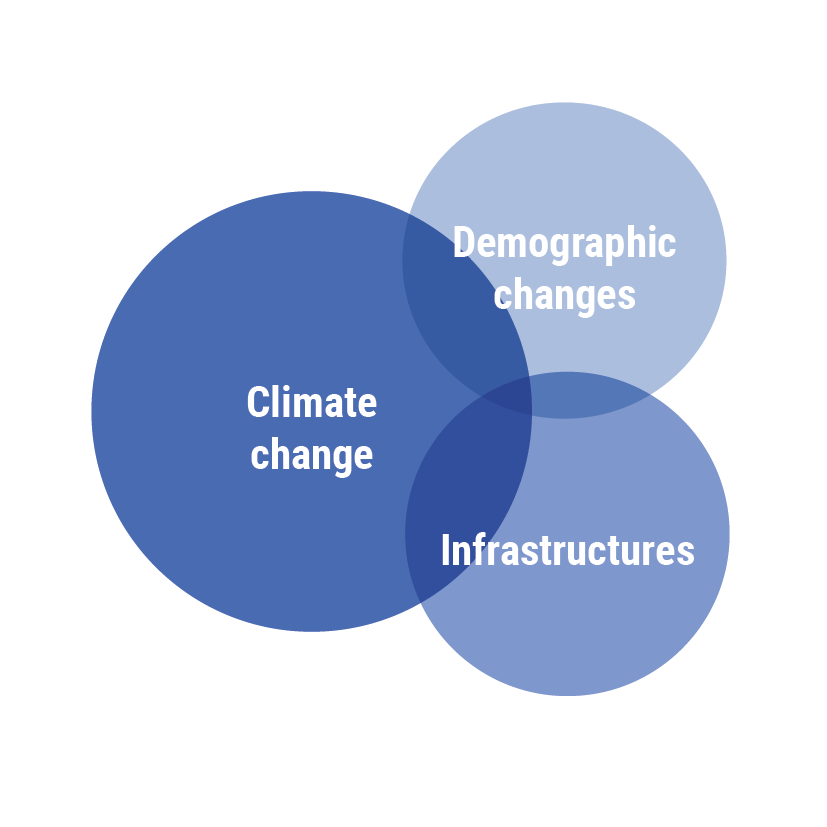
 Drought and hunting have killed all the big animals. Before there were rhinos, zebras, lions, giraffes, leopards and cheetahs. I saw them all when I was a kid, now there are none of these.
Drought and hunting have killed all the big animals. Before there were rhinos, zebras, lions, giraffes, leopards and cheetahs. I saw them all when I was a kid, now there are none of these.
 Now there is less grass and less fish in the lake, and the droughts are longer. Rain showers in the dry season are not occurring anymore.
Now there is less grass and less fish in the lake, and the droughts are longer. Rain showers in the dry season are not occurring anymore.
 The lake floods do not happen as before. They need to dig deeper wells to fetch water.
The lake floods do not happen as before. They need to dig deeper wells to fetch water.
 Now the livestock are producing less milk because the lake water is more salty.
Now the livestock are producing less milk because the lake water is more salty.
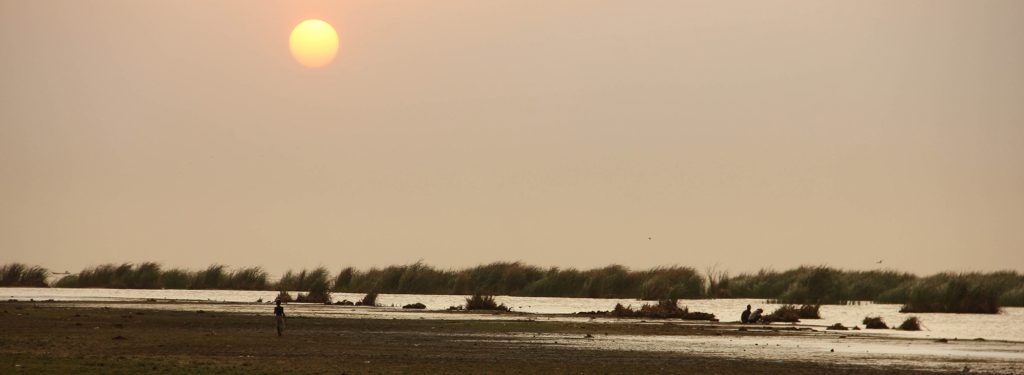
Credit: André Braga Junqueira
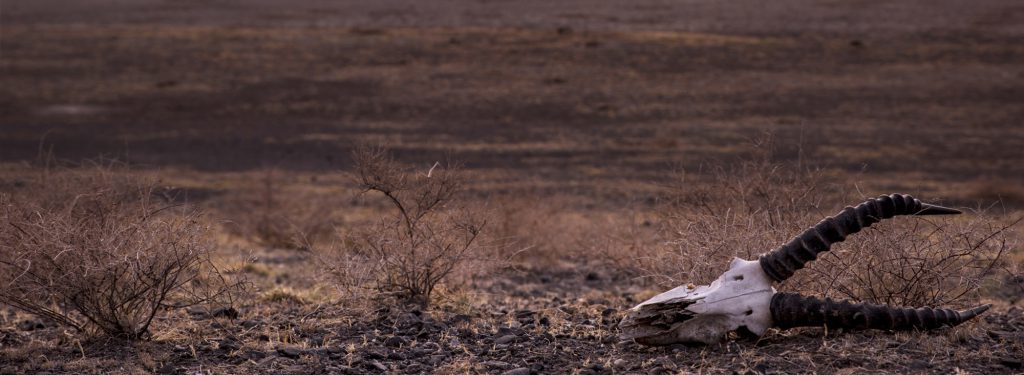
Credit: André Braga Junqueira
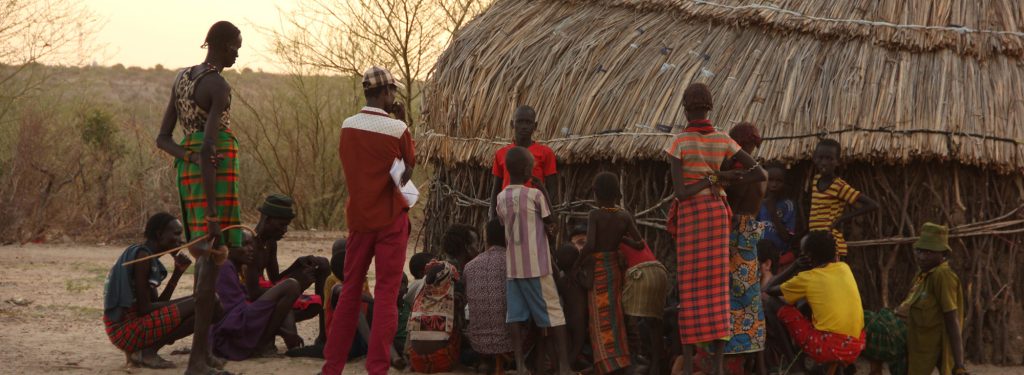
Credit: André Braga Junqueira
IMPACTS ON LIVELIHOODS AND CULTURE
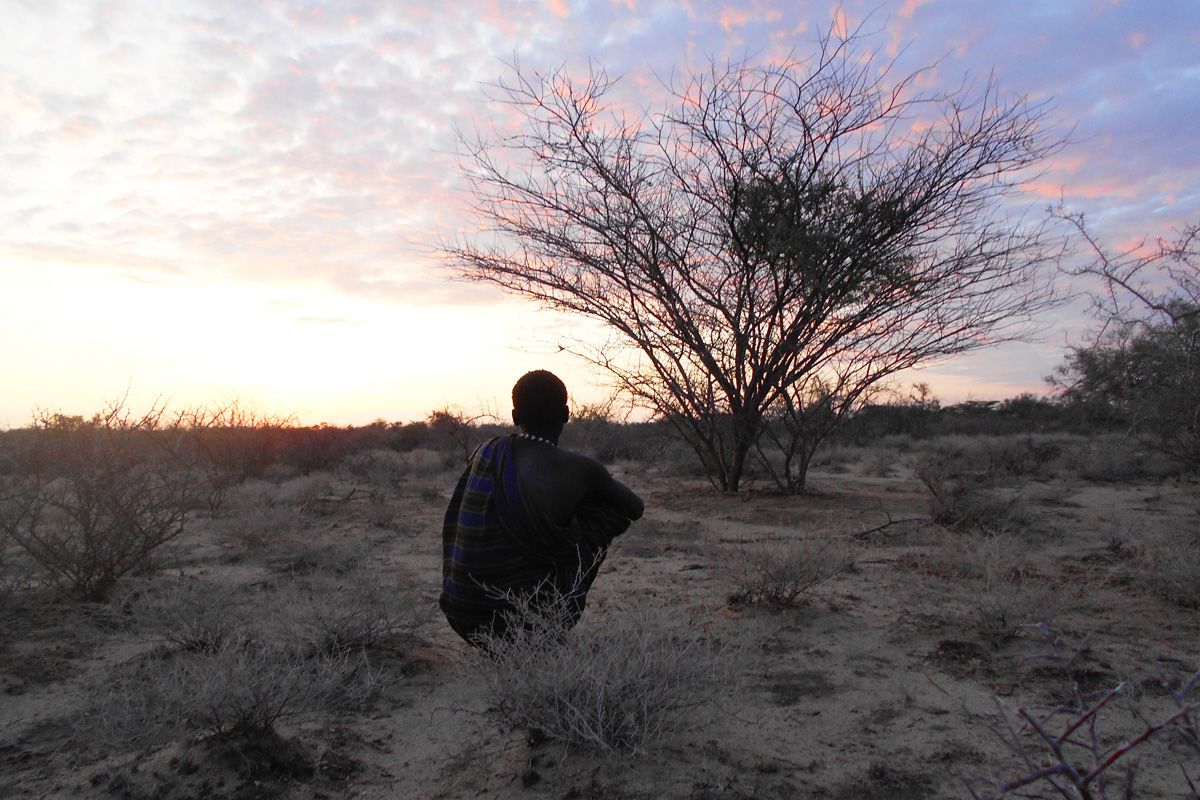
Credit: Miquel Torrents-Ticó
Biocultural collisions
Wildlife loss has led to strict conservation policies that locals do not always perceive positively, as they interfere with herding, limiting access to pastures and protecting predators responsible for livestock losses.
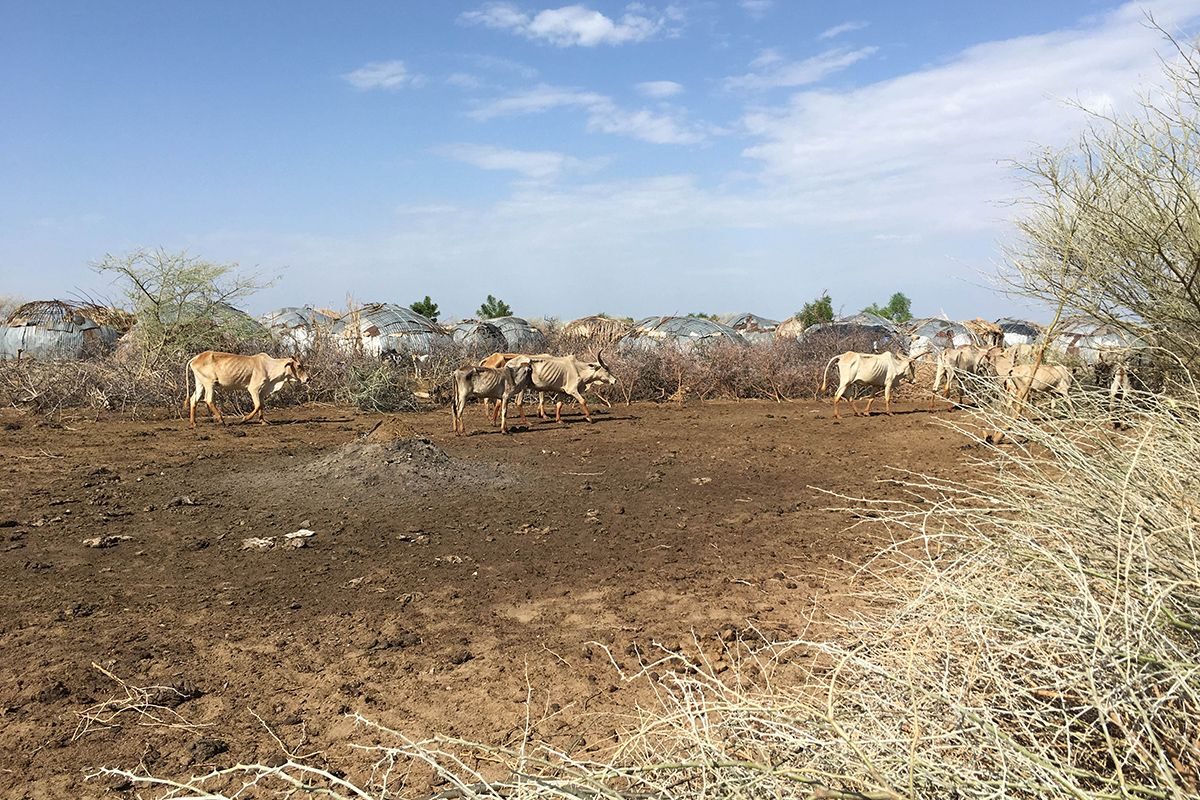
Credit: André Braga Junqueira
A fragile ecosystem equilibrium
The Gilgel Gibe III Dam, designed to bring power to and improve irrigation in the area, has caused a reduction in the quality of cattle milk and fishing yields.
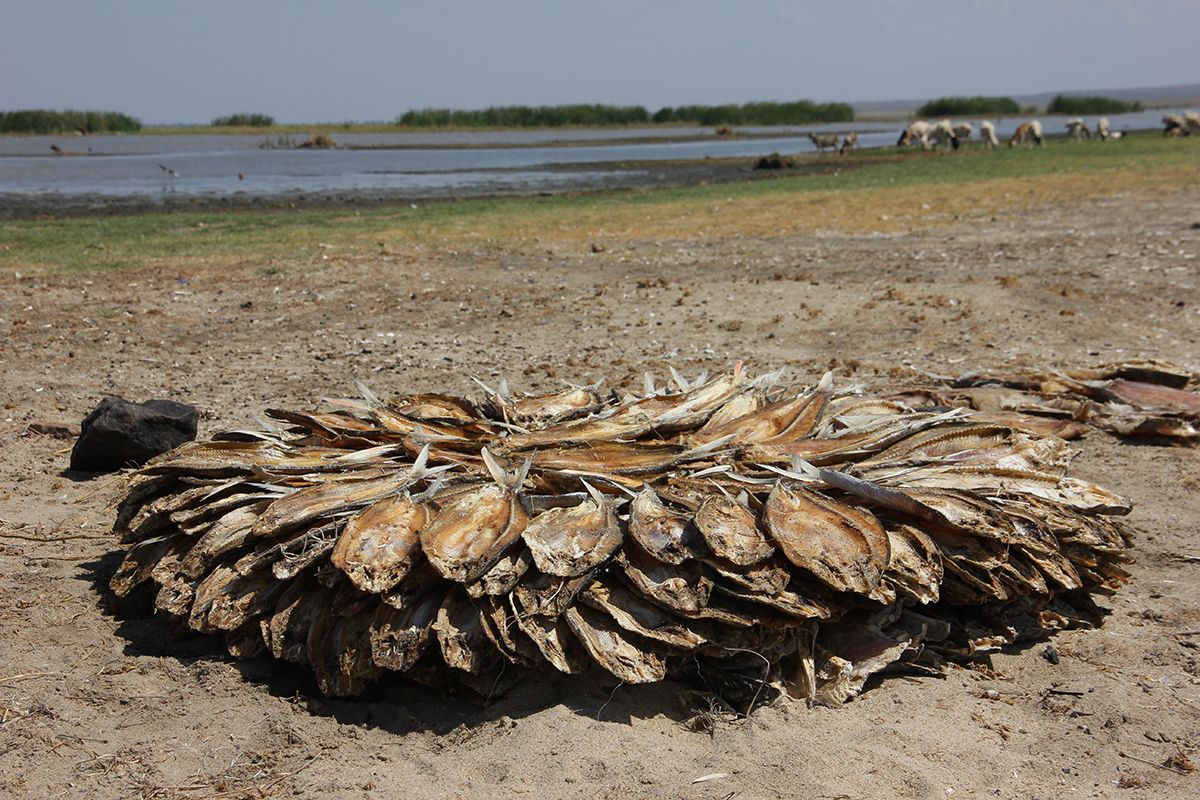
Credit: André Braga Junqueira
Fishing against all odds
As a pastoral herding community, fishing had always been a minor and undervalued activity. However, droughts and food shortages have led to an increase in fishing at a time when fish stocks are already declining.
ENVISIONING A CLIMATE CHANGE-PROOF FUTURE
Adaptations of Daasanach livelihoods
Harsh climatic conditions and human-driven activities, such as water infrastructures and conservation policies, have worsened the livelihoods of the Daasanach people around Lake Turkana, which entered the UNESCO List of World Heritage in Danger in 2018. As a result of growing barriers to pastoral mobility, they have increased fishing and shifted their crops.
Underrating environmental and cultural impacts
Environmental and cultural impacts were underestimated during the design of the Gilgel Gibe III Dam, as were the conservation policies of Sibiloi National Park. Top-down interventions tend to undervalue and over look the interplay between biocultural heritage and its impacts on local communities.
Intergenerational challenges
Multifaceted social-ecological pressures threaten herding and the traditions of the Daasanach people. Although the local community identifies the need for conservation policies, the priority species to be protected differ from the policies adopted. In addition, disagreements arise between the older and younger community members, with the younger members more willing to suggest changes to adapt their cultural practice to align with conservation policies.
PARTNERSHIPS WITH LOCAL COMMUNITIES
The Daasanach communities wish to be heard and take an active role in the planning of infrastructures and conservation programs that could potentially impact their territory, whether directly or indirectly. Their holistic understanding of the environment as a complex ecosystem that impacts their livelihood activities, the survival of the existing fauna and flora, and the drivers of change should not be overlooked.
LEARNING ABOUT ADAPTATION WITH THE DAASANACH PEOPLE
The livelihoods of the Daasanach people are closely tied to climatic conditions and the availability of natural resources. They have continuously adapted their ways of life around a harsh and somewhat erratic climate, coping with water scarcity, flooding, and the disappearance of food resources. Thus, they provide good practices that can serve as an inspiration to other communities and territories.
Credit: Daniel Burgas
PUBLICATIONS
Interactions between Climate Change and Infrastructure Projects in Changing Water Resources: Ethnobiological Perspective from the Daasanach, Kenya. Braga Junqueira A, Fernández-Llamazares Á, Torrents-Ticó M, Lokono Haira P, Guol Nasak J, Burgas D, Fraixedas S, Cabeza M Reyes-García V (2023). Journal of Ethnobiology, 41(3): 331-348. doi.org/10.2993/0278-0771-41.3.331
Convergences and divergences between scientific and Indigenous and Local Knowledge contribute to inform carnivore conservation. Torrents- Ticó M, Fernández-Llamazares Á, Burgas D, Cabeza M (2021). Ambio, 50:990–1002. doi.org/10.1007/s13280-020-01443-4
Biocultural conflicts: understanding complex interconnections between a traditional ceremony and threatened carnivores in north Kenya. Torrents-Ticó M, Fernández-Llamazares Á, Burgas D, Guol Nasak J, Cabeza M (2021). Oryx, 1-10. doi.org/10.1017/S0030605322000035
OTHER RESOURCES
Film: “Shepherds of the Earth”, produced by Gerilla Films.
View trailer here
Gerilla Films portfolio
FIELDWORK CONDUCTED BY
Álvaro Fernández-Llamazares, Miquel Torrents-Ticó and André Braga Junqueira





